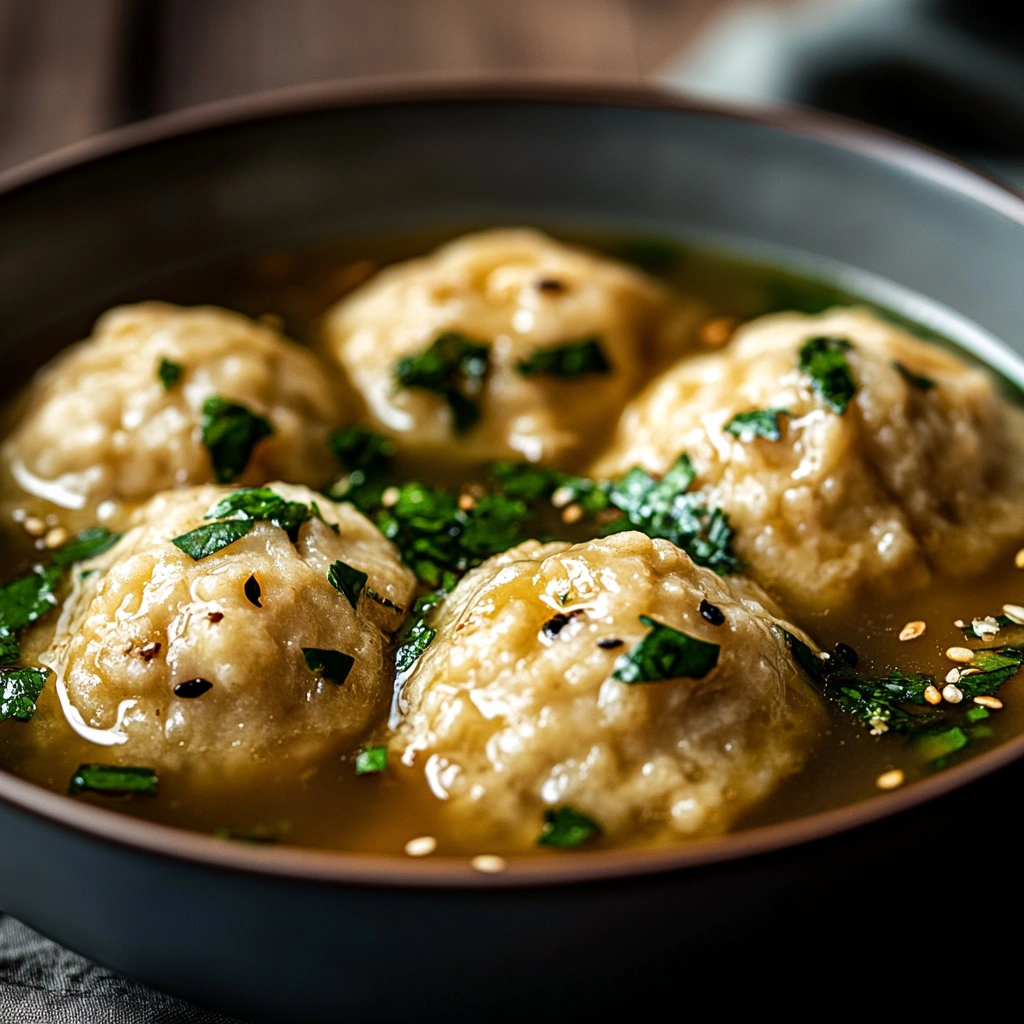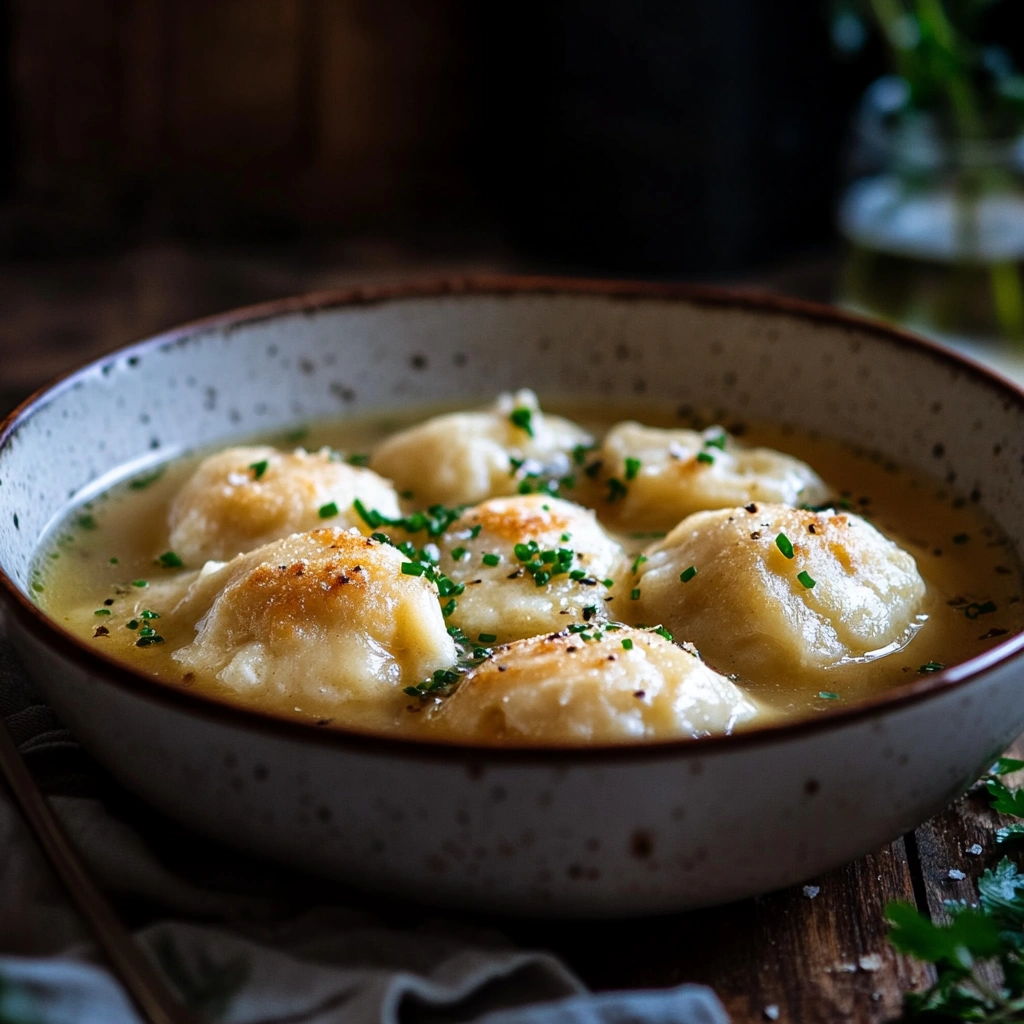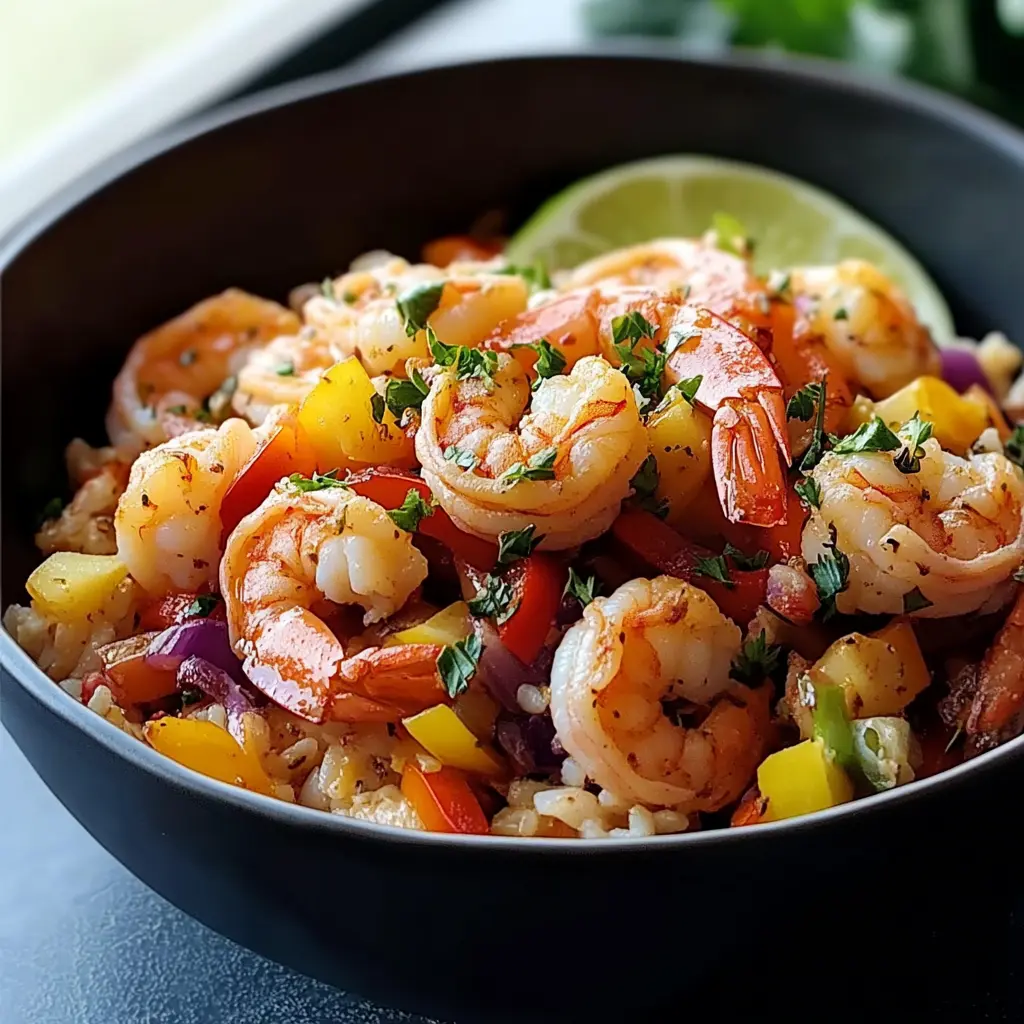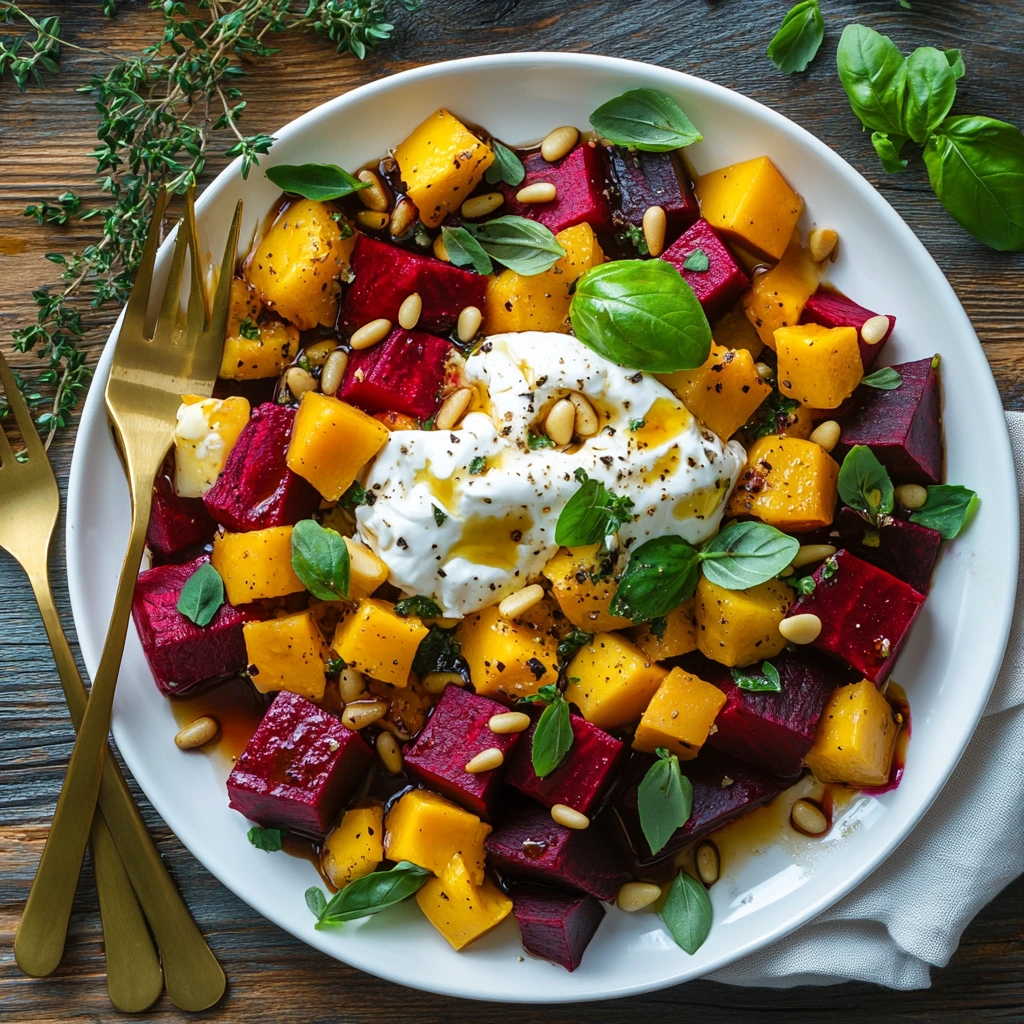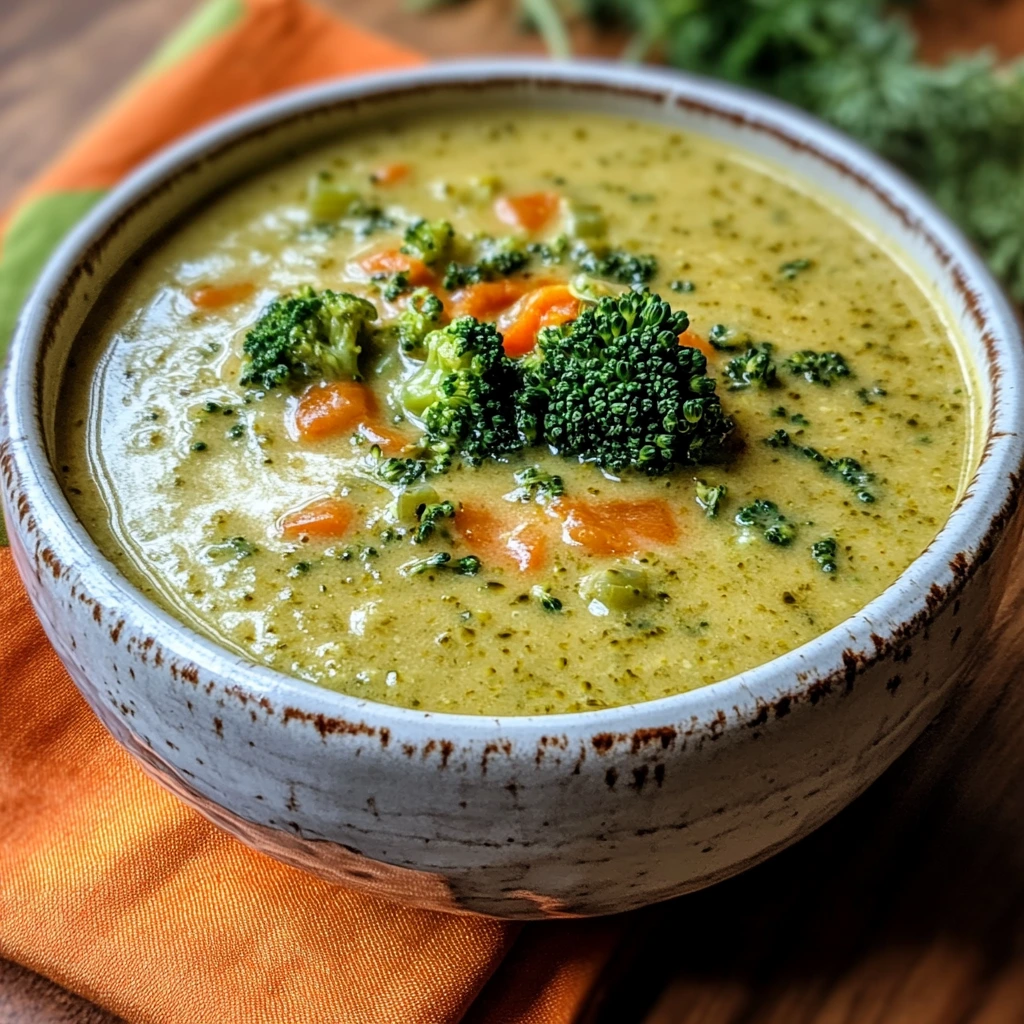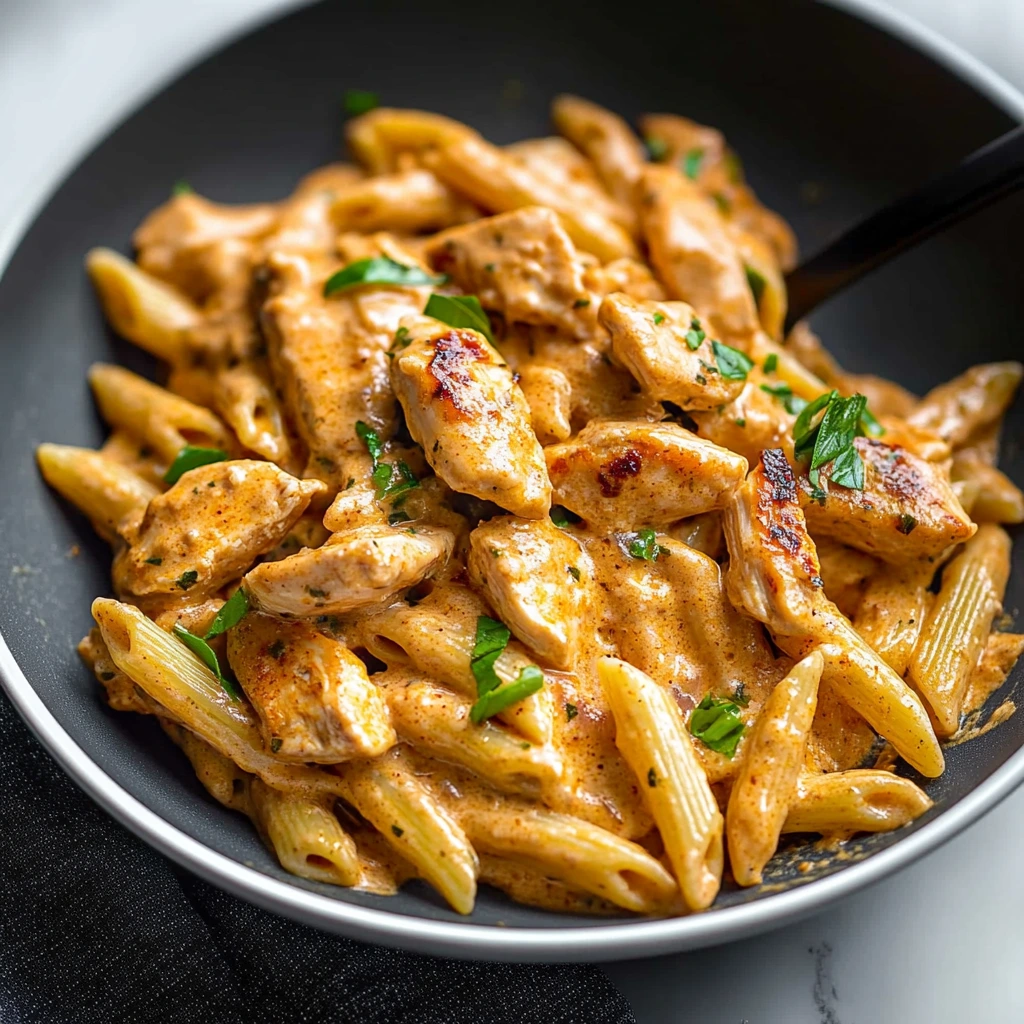Sourdough dumplings are a delightful twist on a classic comfort food, merging the tangy complexity of fermented dough with the soft, hearty texture of traditional dumplings. Typically made using either active sourdough starter or sourdough discard, these dumplings offer a sustainable and flavorful way to elevate everyday meals. Whether served in a bubbling pot of chicken soup or as part of a savory stew, sourdough dumplings bring depth and texture that commercial doughs often lack.
Unlike conventional dumplings, which rely on chemical leavening agents like baking powder, sourdough dumplings use wild yeast and beneficial bacteria developed through natural fermentation. This process not only imparts a distinct taste but also makes the dough easier to digest and potentially more nutritious.
Their growing popularity reflects a broader trend toward using sourdough in creative and resourceful ways. Home cooks and fermentation enthusiasts alike value sourdough dumplings for their rich flavor, economical use of discard, and versatility. From rustic drop dumplings to more refined, rolled versions, these dumplings suit a range of tastes and meal types. In essence, sourdough dumplings represent both tradition and innovation—a comforting staple reinvented with modern, mindful cooking in mind.
The History and Origins of Sourdough Dumplings
While dumplings have existed in various forms for centuries across cultures—from Eastern European pierogi to Asian jiaozi—the pairing of sourdough with dumpling recipes is a more recent innovation rooted in traditional fermentation practices. Sourdough itself dates back thousands of years, long before commercial yeast was available, and has been used globally to leaven bread naturally.
The fusion of dumpling-making with sourdough emerged as home bakers looked for sustainable ways to use sourdough discard. Particularly during the recent rise in sourdough popularity, many began experimenting with alternative applications beyond bread, including pancakes, crackers, and dumplings.
In North America and Europe, sourdough dumplings evolved from drop-style dumplings commonly added to soups and stews. Adding sourdough starter not only reduced waste but also improved the dumplings’ texture and flavor. This combination bridges time-honored culinary practices with modern kitchen creativity, resulting in a food that’s both familiar and refreshingly new.
Benefits of Using Sourdough in Dumplings
Incorporating sourdough into dumpling recipes offers several benefits beyond taste. One of the most notable advantages is improved digestion. The fermentation process breaks down gluten and phytic acid, making nutrients more bioavailable and the dumplings easier on the stomach. This can be especially beneficial for those with mild gluten sensitivity.
Flavor is another standout benefit. Sourdough brings a subtle tang and complexity to the dumplings that traditional leavening agents can’t replicate. This depth pairs exceptionally well with savory broths and rich stews, enhancing the overall dish.
Sourdough dumplings also represent a sustainable cooking practice. Using sourdough discard—starter that would otherwise be thrown away—minimizes waste and maximizes the utility of ingredients already on hand. This approach appeals to eco-conscious home cooks who value frugality and resourcefulness.
Additionally, the slow fermentation process extends the shelf life of the dough and results in a firmer texture that holds up well in soups and stews. Unlike baking powder dumplings, which can become mushy, sourdough dumplings maintain their structure and absorb flavors beautifully. These combined benefits make sourdough a superior choice for dumpling-making, both from a culinary and nutritional perspective.
Ingredients Overview
Sourdough dumplings require only a few basic ingredients, most of which are pantry staples. The core components include flour, sourdough starter or discard, a liquid (such as milk, water, or broth), fat (butter or oil), and salt. Baking powder or baking soda may be added if a lighter texture is desired, especially when using sourdough discard rather than an active starter.
The sourdough component is the defining feature. Both active starter and discard can be used, depending on the desired rise and flavor. Active starter will contribute more leavening, while discard offers a stronger sour flavor and works well with added chemical leaveners.
Optional ingredients can elevate the flavor: chopped herbs like parsley or thyme, grated cheese, minced garlic, or even caramelized onions. For a richer dough, some recipes include eggs.
The flour choice matters, too. All-purpose flour is standard, but whole wheat or spelt can add depth and nutrition. The key is balancing moisture and fermentation to create light, flavorful dumplings.
Types of Sourdough Dumplings
Sourdough dumplings come in several styles, each with its own preparation method, texture, and ideal use. Understanding the different types allows cooks to choose the version best suited to their meal.
1. Sourdough Drop Dumplings
These are the most common and easiest to prepare. The dough is mixed quickly and dropped by spoonfuls into simmering broth or stew. They puff up as they cook, absorbing the surrounding flavors. Drop dumplings made with sourdough starter or discard have a pillowy texture with a slight tang. They’re ideal for hearty soups and comfort food dishes.
2. Rolled Sourdough Dumplings
These dumplings involve rolling out the dough and cutting it into strips or rounds. They’re flatter and denser than drop dumplings, often with a chewier bite. Rolled dumplings are especially popular in Southern cooking and work well in thick stews or chicken and dumplings recipes.
3. Sourdough Discard Dumplings
Made specifically with unfed sourdough discard, these dumplings are a clever way to use what might otherwise be waste. Since discard doesn’t rise as well as active starter, recipes typically include baking powder for lift. The flavor is more pronounced—slightly tangy and savory.
4. Stuffed Sourdough Dumplings
Inspired by filled dumplings from other cuisines, this version uses fermented dough as a wrapper for fillings like seasoned meats, cheese, or vegetables. These require more skill and time but offer impressive results. They can be steamed, pan-fried, or boiled depending on the style.
Step-by-Step Recipe: Classic Sourdough Drop Dumplings
Sourdough drop dumplings are a quick and satisfying way to use your sourdough starter or discard. They pair beautifully with brothy soups and hearty stews. Below is a foolproof recipe using sourdough discard, but active starter can be substituted for slightly more rise.
Ingredients:
-
1 cup all-purpose flour
-
1/2 teaspoon salt
-
1 teaspoon baking powder
-
1/2 teaspoon baking soda (optional, for extra lift)
-
2 tablespoons unsalted butter, melted
-
1/2 cup sourdough discard (unfed)
-
1/3 to 1/2 cup milk or broth (adjust for consistency)
-
Optional: chopped fresh herbs (parsley, chives, thyme)
Instructions:
-
Mix dry ingredients: In a medium bowl, whisk together flour, salt, baking powder, and baking soda (if using).
-
Add wet ingredients: Stir in melted butter, sourdough discard, and 1/3 cup of milk or broth. Mix gently until a thick, spoonable batter forms. If the mixture is too dry, add milk a tablespoon at a time.
-
Optional seasoning: Fold in herbs or spices for added flavor.
-
Prepare the cooking liquid: Bring your soup or stew to a gentle simmer. The liquid should be hot but not rapidly boiling to avoid breaking the dumplings apart.
-
Drop the dumplings: Using a spoon, drop rounded scoops of batter directly into the simmering broth, leaving space between them.
-
Cook covered: Cover the pot and let the dumplings steam for 10 to 15 minutes. Do not lift the lid during this time, as steam is essential for proper cooking.
-
Check doneness: Use a toothpick to test one dumpling. It should come out clean, and the dumpling should feel light and cooked through.
These dumplings are best served immediately, floating in a warm, flavorful broth. They will soak up the surrounding liquid and become more flavorful the longer they sit.
Best Soups and Stews for Sourdough Dumplings
Sourdough dumplings complement a wide range of soups and stews, particularly those with rich broths and hearty ingredients. The dumplings absorb surrounding flavors while adding texture and substance to the dish.
Chicken and vegetable soup is a classic pairing, offering a comforting base that lets the tangy dumplings shine. Beef stew or lamb stew also benefit from the dense, chewy texture of sourdough dumplings, which hold up well in robust gravies.
For vegetarian options, try a lentil stew or a mushroom and barley soup. The earthy flavors pair beautifully with the subtle acidity of sourdough.
More creative pairings include Hungarian goulash, where paprika-rich broth intensifies the dumplings’ flavor, or cabbage soup, which complements the fermentation tones naturally.
Regardless of the soup base, choose recipes with sufficient simmer time to allow the dumplings to cook fully and absorb the essence of the dish.
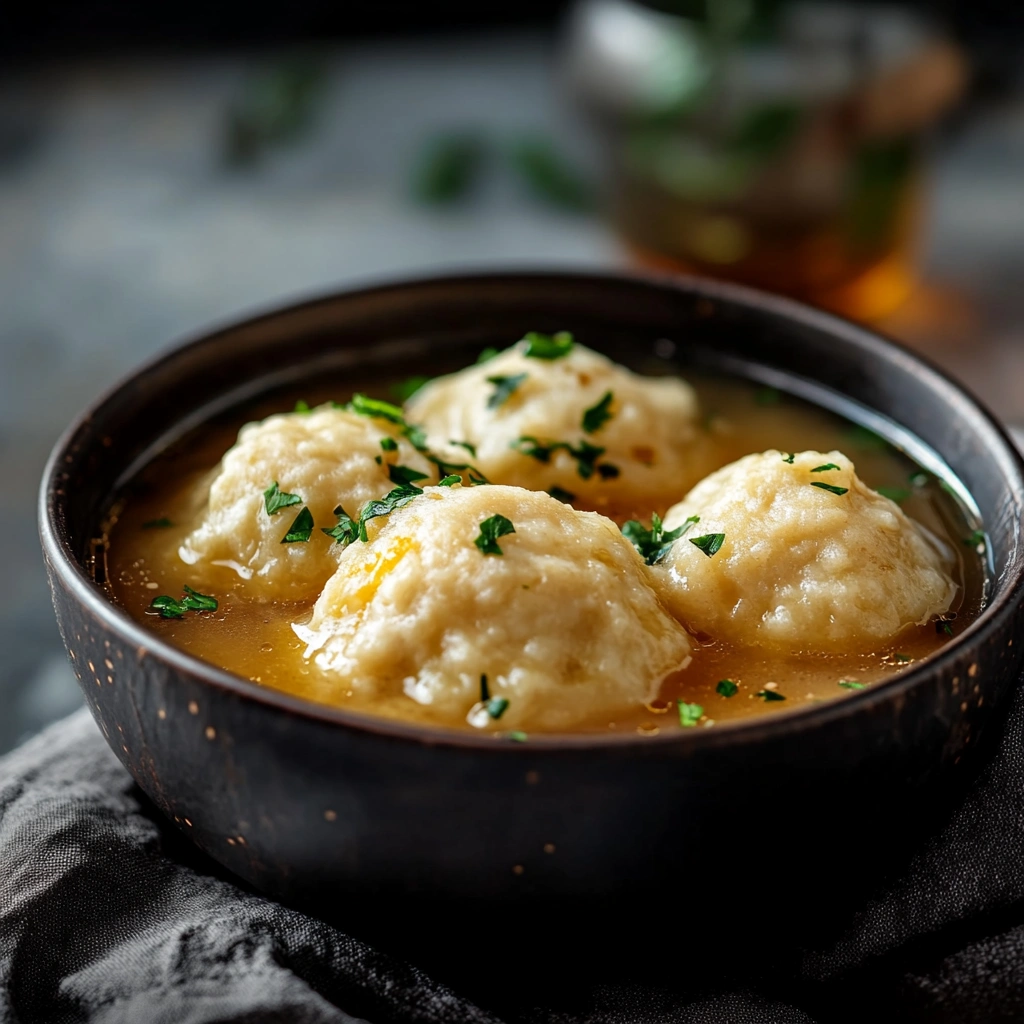
How to Store, Freeze & Reheat Sourdough Dumplings
Storing cooked sourdough dumplings is simple. Once cooled, place them in an airtight container with a small amount of broth to prevent drying out. They’ll keep in the refrigerator for up to 3 days.
Freezing is also possible, though texture may change slightly. To freeze, place cooked dumplings on a baking sheet and freeze individually. Once frozen, transfer to a freezer-safe bag or container. Frozen dumplings can be kept for up to 2 months.
If freezing raw dough, portion it out on a tray, freeze until solid, and store. Cook from frozen by dropping directly into simmering broth and extending the cooking time slightly.
Reheating should be done gently to preserve texture. Simmer in broth on the stovetop or microwave with added liquid to prevent drying. Avoid overcooking during reheating, which can lead to dense, gummy dumplings.
Proper handling ensures sourdough dumplings retain their signature flavor and structure even after storage.
Common Mistakes & Troubleshooting
1. Dough too dry or wet: If your batter is too dry, the dumplings will be dense and heavy. If it’s too wet, they may fall apart. Adjust by adding milk or flour a tablespoon at a time.
2. Dumplings fall apart in the pot: This usually means the broth is boiling too hard. Keep the liquid at a gentle simmer and cover the pot while cooking.
3. Raw centers: Undercooked dumplings often result from lifting the lid too early. Steam must be trapped to cook the dough through. Resist the urge to peek for at least 10 minutes.
4. Overly sour flavor: Older sourdough discard can produce an excessively tangy result. Use fresher discard or combine with some active starter for balance.
5. Flat or tough dumplings: This could be from overmixing the dough. Mix just until combined to avoid activating too much gluten, which toughens the dumplings.
Creative Variations & Advanced Ideas
Sourdough dumplings can be easily customized to match different cuisines and flavor profiles. For herbaceous dumplings, mix in chopped rosemary, dill, or basil. Cheese lovers can fold in sharp cheddar or Parmesan for richness. Add finely minced garlic or onion for a savory boost.
For a heartier bite, include whole grains like spelt flour or cornmeal. Transform your dumplings into a full meal by stuffing them with seasoned ground meat, sautéed mushrooms, or cheese before steaming or pan-frying.
You can also create pan-fried sourdough dumplings for a crispy twist, perfect as appetizers or snacks with dipping sauces.
FAQs Section
Can I use sourdough discard in dumplings?
Yes, discard works well and adds tangy flavor. You may need to add baking powder for lift.
What’s the difference between sourdough and regular dumplings?
Sourdough uses natural fermentation, creating more flavor and better digestibility.
Do sourdough dumplings need to rest before cooking?
Resting is optional but can improve texture. Let the dough sit for 10–15 minutes if time allows.
Can I make them without baking powder?
If using active starter, you can omit baking powder. For discard, it’s recommended.
Are they healthier than regular dumplings?
They may be easier to digest and contain more nutrients due to fermentation.
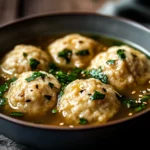
Sourdough Dumplings
Description
These soft, tangy sourdough drop dumplings are a comforting, flavorful addition to soups and stews. Made with sourdough discard or active starter, they offer a delicious way to reduce waste and elevate traditional dumpling recipes. The fermentation adds a subtle tang and helps create a tender texture that holds up well in broth. Perfect for using up extra starter, these dumplings come together quickly and cook right in the pot—no rolling or shaping required. Whether you’re serving them in chicken soup, hearty beef stew, or a vegetarian broth, sourdough dumplings bring an extra layer of homemade comfort to your favorite dishes.
Ingredients
- 50 g Butter cold and chopped into small cubes
- 150 g All Purpose Flour
- 6 g Baking Powder (1 teaspoon)
- 6 g Salt (1 teaspoon)
- 1 tablespoon Fresh thyme or other fresh herbs of choice
- 150 g Sourdough Starter or sourdough discard
- 1 Egg
Instructions
-
Make sure your butter is really cold and cut into small cubes or grated. You can pop it in the freezer to cool it faster if you need to.
-
Add flour and butter to a mixing bowl and rub the flour into the butter using your fingertips. The mixture should be crumbly, but still feel cold.
-
Add the baking powder, salt and herbs to the flour mixture and gently stir through with a spatula or spoon.
-
Now whisk the egg and sourdough starter together and then pour into the centre of the dry ingredients.
-
Gently bring the wet and dry ingredients together to form a dry dough (don’t overwork it or your dumplings will be tough).
-
Using your fingers, form 12 small balls of dough (they don’t have to be perfect and they might seem crumbly, that’s perfectly ok).
-
If you are going to do the long ferment method, refer to notes below for instructions.
-
Make sure your soup is gently simmering (not boiling). Carefully drop the dumplings into the soup. They might sink at first – don’t panic, they’ll pop back up in a minute or two.
-
Pop the lid on the soup and leave to gently simmer for 10 to 12 minutes.
-
Serve your soup and dumplings!
Notes
-
Sourdough Discard vs. Active Starter: Discard will give you a tangier flavor and requires baking powder for leavening. Active starter adds more natural lift and a milder taste.
-
Texture Tips: The dough should be thick but scoopable—similar to biscuit dough. Add extra milk or flour as needed to reach the right consistency.
-
Flavor Variations: Stir in fresh herbs, grated cheese, or spices like garlic powder or smoked paprika for a twist.
-
Cooking Tip: Always keep the lid on while cooking the dumplings. Steam is essential for even cooking—avoid lifting the lid for at least 10 minutes.
-
Storage: Store leftovers in broth in the fridge for up to 3 days, or freeze for up to 2 months. Reheat gently in simmering broth.
-
Serving Suggestions: Ideal for pairing with chicken soup, lentil stew, mushroom broth, or creamy chowders.


